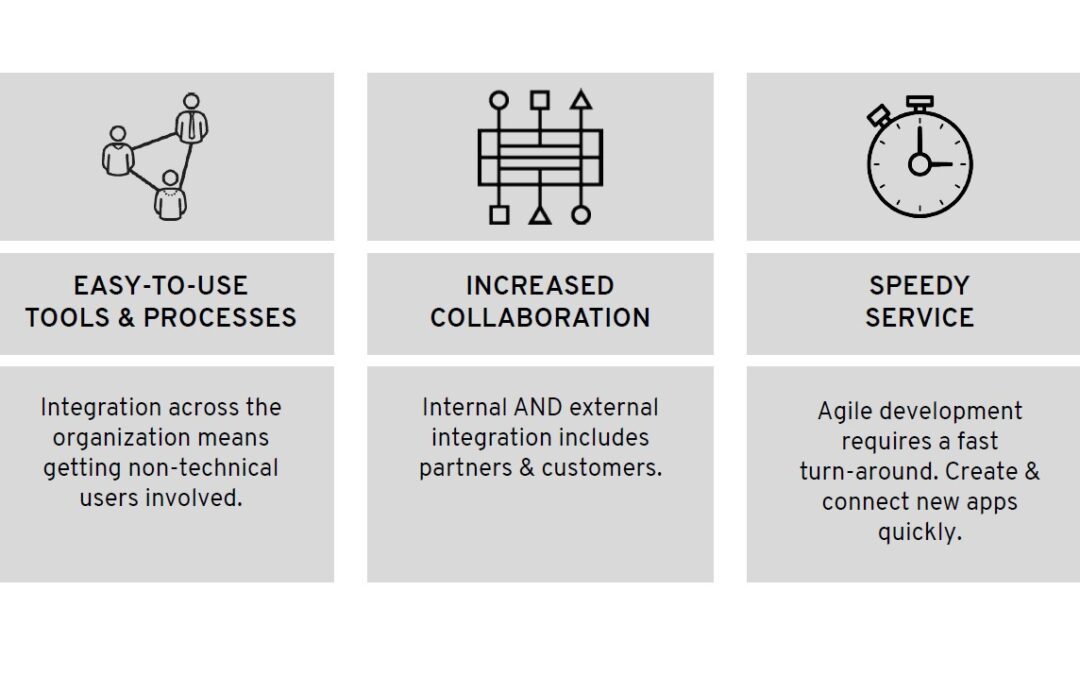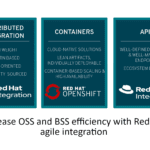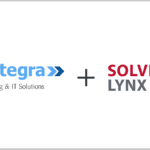Industries like travel and hospitality have been transformed by new ways of doing business. New services are now offered, and consumers interact with services differently. This trend of disruptive change is extending across other major industries, from financial services to government, spurred by new technologies and mindsets about how businesses and customers interact. These challenges are pushing existing organizations to radically transform their own IT technologies to deliver these new services.
Business success is increasingly based on a company’s ability to react to change. As new disruptive players enter markets and technology upends what consumers expect, organizations need to evolve to address these changes in much shorter cycles than ever before. Modern software architectures and processes can make organizations more effective at dealing with change and emerging as winners in their markets.
Entire industries have been transformed by technology. Trend of disruptive change is leading organizations to radically transform their IT environments so they can deliver the new digital services that customers demand, better and faster than their competitors.
A new way of connecting applications and services across the enterprise, agile integration, is a fundamental solution. Agile integration combines three powerful architectural capabilities: distributed integration, application programming interfaces (APIs), and containers — to foster agility, power new processes, and ultimately deliver a competitive advantage.
AGILE INTEGRATION- EFFECTIVELY ADDRESS NEW APPROACHES & INITIATIVES
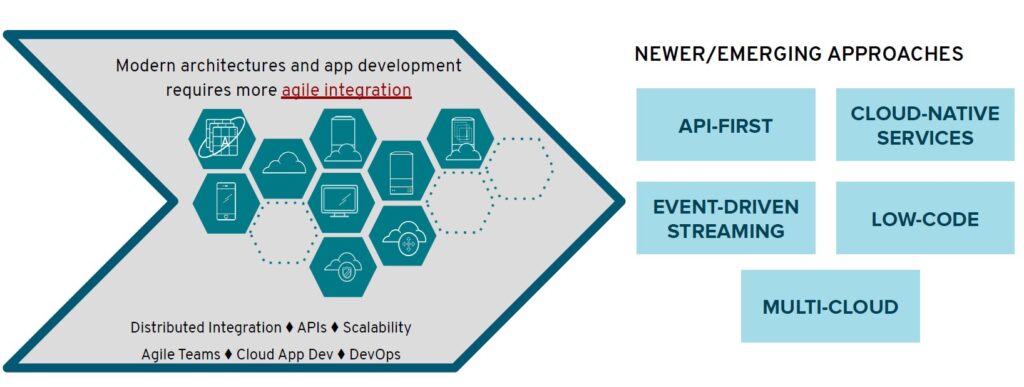
The three pillars of agile integration
Three main technologies underpin an agile integration approach:
- Distributed integration: A few dozen high-level integration patterns reflect enterprise work and dataflows. When these integration patterns are deployed within containers, they can be deployed at the scale and location needed for specific applications and teams. This approach represents a distributed integration architecture, rather than the traditional centralized integration architecture, and it allows individual teams to define and deploy the integration patterns that they need with agility.
- APIs: Stable, well-managed APIs have a huge effect on collaboration between teams, development, and operations. APIs wrap key assets in stable, reusable interfaces, which can be used and reused as building blocks across the organization, with partners, and with customers. APIs can be deployed together with containers to different environments, allowing different users to interact with different sets of APIs.
- Containers: For both API and distributed integration technologies, containers work as the underlying deployment platform. Containers allow the exact service to be deployed within a specific environment in a way that is easy and consistent to develop, test, and maintain. Because containers are the dominant platform for DevOps environments and microservices, using containers as the integration platform produces a much more transparent and collaborative relationship between development and infrastructure teams.
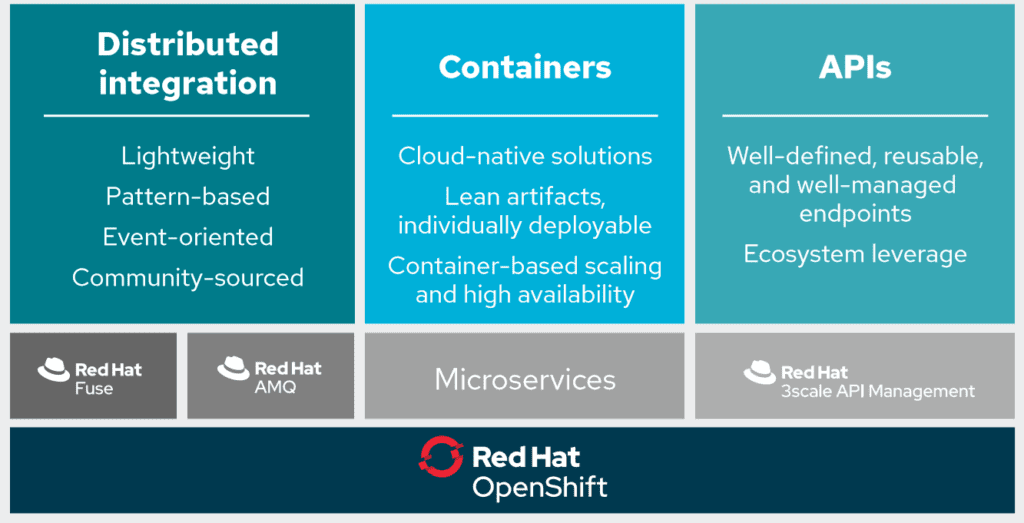
Figure 1: Red Hat agile integration solution delivered through Red Hat products
Pillar 1: Distributed integration
Architecturally, distributed integration treats integrations as microservices. The integrations could be containerized, are easily and locally deployable, and can have rapid release cycles.
Integration technology must support a lightweight, microservices-based architecture. Red Hat® Fuse allows users to treat integrations as code, which can run anywhere — including in a container.
Additionally, Fuse is bundled with Red Hat AMQ to provide a strong messaging infrastructure, ensuring events and data are routed between systems effectively. Messaging is helpful when working with microservices because its asynchronous nature requires no dependencies.
Red Hat AMQ offers Apache Kafka — a distributed streaming platform — via AMQ streams on Red Hat OpenShift® Container Platform, the enterprise Kubernetes platform trusted by nearly half the Fortune 100. AMQ streams is a massively scalable, distributed, high-performance data streaming capability based on the Apache Kafka project. This combination allows microservices and other applications to share data with extremely high throughput and low latency.
Red Hat also delivers an event mesh via AMQ interconnect, a global, peer-to-peer event delivery system. AMQ interconnect serves as a distributed traffic manager that routes around bottlenecks and failures to reach consumers simply and reliably. In this way, it offers resiliency to node and cloud failures.
Pillar 2: Application programming interfaces (APIs)
The true power of APIs comes from allowing others to use them — both internal developers and external users. Red Hat 3scale API Management offers tools to help all these users. It provides a developer portal to foster collaboration on API creation, and an admin portal to publish the APIs. 3scale API Management also helps make APIs consumable externally by providing authentication, integrating with major cloud providers, and running inside containers. API strategy combines API design with a way to take that API public. 3scale API Management, especially 3scale on top of a container platform, provides the means to execute that strategy.
Red Hat also offers Red Hat OpenShift Service Mesh, which takes the popular Istio service mesh and combines it with other key projects, like Jaeger for tracing and Kiali for visualization, to provide better manageability and traceability to microservices deployments.
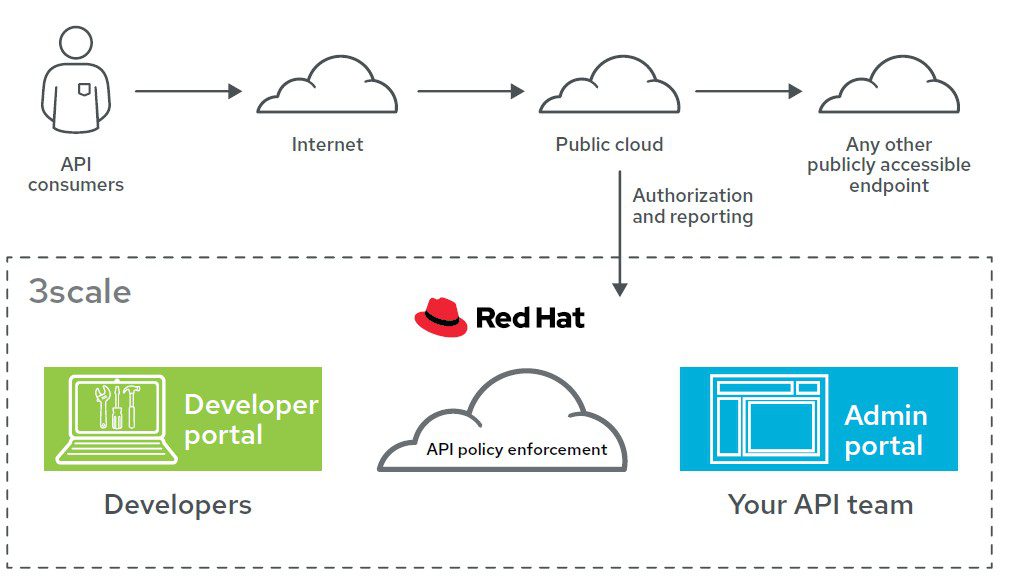
Figure 2: A view of API management, endpoints, and the public cloud
Pillar 3: Containers
The more prescriptive and lightweight approach provided by container technology makes it an ideal tool for modern software environments. Each instance uses an immutable definition, from the operating system to the exact version of each library included. The resulting unit is highly repeatable and consistent for each instance, which is well-suited to continuous integration and continuous delivery (CI/CD) pipelines. The combination of lightweight and repeatable makes containers the perfect technology platform for agile integration.
Additionally, because a container image only defines what is needed for a single unit of functionality, containers fulfil the vision of microservices, and container orchestration facilitates the deployment and management of large microservices infrastructures.
Red Hat OpenShift combines Linux® containers with Google’s Kubernetes orchestration project. It includes centralized administration, such as instance management, monitoring, logging, traffic management, and automation, which would be almost impossible in an environment with containers alone.
Red Hat OpenShift also supplies developer-friendly tools like self-service catalogs, instance clustering, application persistence, and project-level isolation.
This combination balances the requirements of operations, particularly for stability and testing, with developer needs for easy use and rapid delivery.
Conclusion: Delivering agile integration
Agility is a process, not a project!
It has never been more important for organizations to be able to react to change in the market, and IT systems must deliver this ability to launch new services or update existing ones quickly. Rethinking IT infrastructure is crucial, as it is the foundation of digital services.
This approach is defined as agile integration, a way of using the three pillars of agile integration — distributed integrations, APIs and containers — to create a more agile and adaptive infrastructure. Technology has to be used to support culture change, and that means working to make infrastructure teams — and not just their software — more agile. There is no single project that will rearchitect an entire organization to be agile. It may be more effective to implement one agile integration technology or change one area of the business and then extend those changes incrementally.
Improving the responsiveness of IT infrastructure to change is a long-term strategic goal. Agile integration provides a framework, both technical and organizational, to help reshape IT infrastructure.
GREAT SOFTWARE COMPANIES ARE ADOPTING NEW PATTERNS FOR DEVELOPMENT
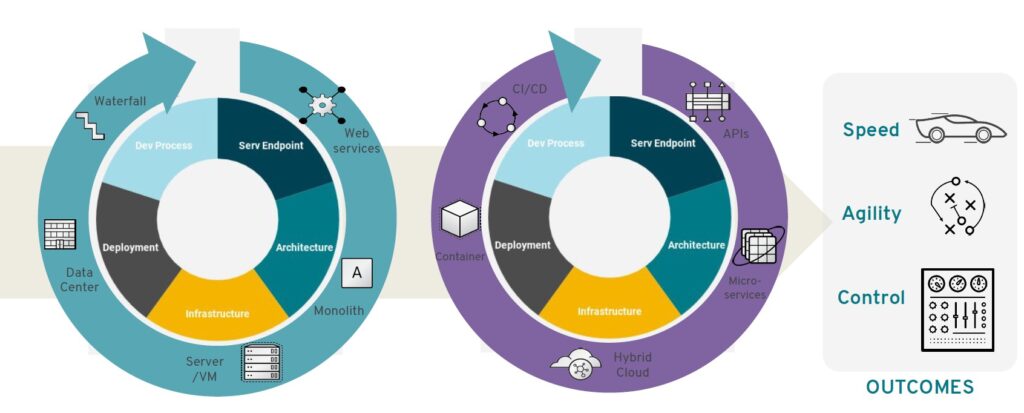
Source: Red Hat- Agile integration, The blueprint for enterprise architecture
